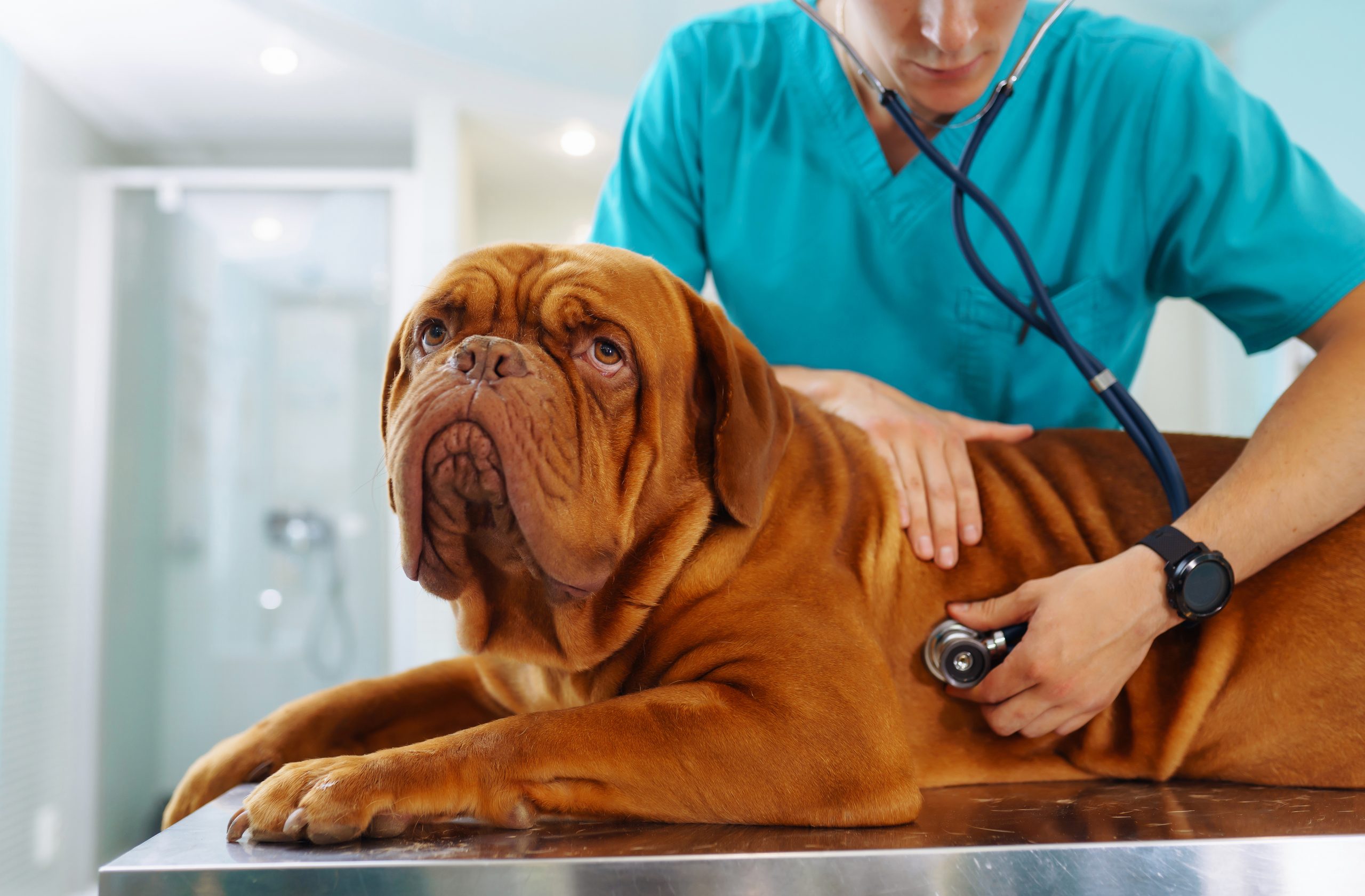When our pets suddenly act different or show signs of illness, it can be hard to know if they need care right away. Some issues can wait until a scheduled appointment, but others call for immediate attention. Knowing the difference helps us protect their health and avoid unnecessary stress. Our team wants to share clear signs and simple advice on when to call for urgent in-home care.
Breathing Problems
One of the most concerning symptoms in pets is any difficulty with breathing. If we notice our pet gasping, wheezing, or breathing with extra effort, it often means they need same-day care. Unlike people, pets cannot explain if they feel dizzy or short of breath. Therefore, visible changes in breathing should never be ignored.
We should also pay attention if their tongue or gums turn pale or blue. In other words, these changes can signal a lack of oxygen and require immediate help. Calling a mobile veterinary service at this stage allows quick intervention without the added stress of traveling to a clinic.
Sudden Weakness or Collapse
Sometimes pets lose balance, stagger, or suddenly collapse. These symptoms often look frightening, and for good reason. They may point to heart disease, low blood sugar, or serious internal bleeding. That is to say, collapse is always an emergency and not something to monitor at home.
If our pet cannot rise, stumbles repeatedly, or seems confused, we should request urgent care. In addition, if the weakness comes with vomiting, diarrhea, or unusual behavior, a same-day visit is needed. Acting quickly ensures that our pet receives fluids, medications, or tests that may save their life.
Refusal to Eat or Drink
Most pets enjoy food, so refusing meals for a full day can be an early warning. While skipping one meal may not be urgent, refusing both food and water points to a bigger issue. Moreover, dehydration can develop quickly, especially in cats or small dogs.
When we see this behavior, we should check for vomiting, drooling, or difficulty swallowing. Likewise, weight loss or sudden changes in appetite often signal illness. If the refusal continues beyond 24 hours, requesting same-day help prevents complications and identifies the cause early.
Persistent Vomiting or Diarrhea
Occasional stomach upset happens, but frequent vomiting or diarrhea within a short time is a red flag. Pets can lose fluids fast, which can quickly lead to dehydration. In addition, repeated episodes may indicate poisoning, infection, or organ disease.
If our pet vomits more than twice in one day or has watery stools that do not stop, we should not delay care. Sometimes we also see blood in the stool or vomit. To clarify, this is never normal and calls for urgent examination. Getting help at home keeps our pet comfortable while they are treated.
Signs of Pain
Recognizing pain in pets can be tricky because they often hide it. However, if our pet cries out when touched, limps, or avoids moving, they may be in serious discomfort. For instance, a dog that suddenly refuses to climb stairs may have a spinal injury.
Cats may hide, stop grooming, or growl when lifted. Similarly, small changes in posture, like hunching or a stiff walk, reveal pain. Most importantly, untreated pain not only affects comfort but may also point to a larger condition. A same-day visit helps relieve pain safely and identifies the underlying cause.
Difficulty Urinating or Defecating
Trouble passing urine or stool is always a concern. Male cats, for example, can develop urinary blockages that become life-threatening in hours. If we see straining in the litter box or our pet cries while trying to go, we should not wait.
Dogs may also pace, squat often, or leak urine when something is wrong. Likewise, constipation lasting more than two days can lead to serious problems. Scheduling immediate in-home care prevents further damage and ensures quick relief for our pet.
Seizures
Watching a seizure is frightening. Pets may twitch, fall over, or lose control of their body. While a single mild seizure may not require emergency care, repeated or prolonged episodes do. Furthermore, seizures can signal toxins, brain issues, or metabolic problems.
We should track how long the seizure lasts and what movements we see. After that, requesting urgent help is the best step, especially if seizures cluster or last more than a couple of minutes. Professional care at home reduces risks and provides medication if needed.
Injuries and Trauma
Accidents happen. Pets may be hit by a car, fall from a height, or get into fights. Even if there are no obvious wounds, internal injuries are common. For example, a pet may seem fine after being struck but later collapse from internal bleeding.
Therefore, any trauma deserves immediate attention. We should check for limping, bleeding, or labored breathing. In many cases, a same-day home visit is safer than trying to move an injured animal ourselves. Quick assessment by a professional ensures our pet receives pain relief and stabilization.
Poisoning and Toxin Exposure
Pets explore with their mouths, so poisoning is a common risk. Chocolate, grapes, certain medications, and household cleaners are all dangerous. If we know or suspect that our pet ate something toxic, we must act fast.
Signs include drooling, vomiting, tremors, or unusual behavior. In addition, many toxins take hours before showing full effects, so waiting can be dangerous. Immediate same-day help allows our pet to receive treatments like activated charcoal or fluids that may prevent lasting damage.
When in Doubt
Sometimes the signs are not clear. We may just feel that something is wrong. Trusting this instinct is important because we know our pets best. If we cannot decide, it is always better to reach out for professional advice.
Our team can provide guidance and, if needed, come for an in-home visit. For urgent situations, booking a same-day veterinary appointment at home brings peace of mind. Taking action early often means less stress for our pets and faster recovery.
FAQ
What are the most urgent symptoms to look out for?
Breathing problems, seizures, sudden collapse, or difficulty urinating are the most urgent. These require same-day care without delay.
Can I wait until morning if my pet vomits once?
If vomiting happens only once and your pet is acting normal, you can monitor. Multiple episodes or added symptoms like weakness mean urgent care is needed.
How do I know if my pet is in pain?
Watch for limping, hiding, growling, or changes in posture. If your pet avoids being touched or cries when moving, it is likely pain.
What should I do if my pet eats something toxic?
Call for professional advice right away. Do not wait for symptoms because some toxins act slowly. Immediate care can prevent serious harm.
Can same-day care really happen at home?
Yes. In-home visits allow exams, treatments, and supportive care without stressing your pet by travel. It also saves time and helps keep them calm in their own space.






